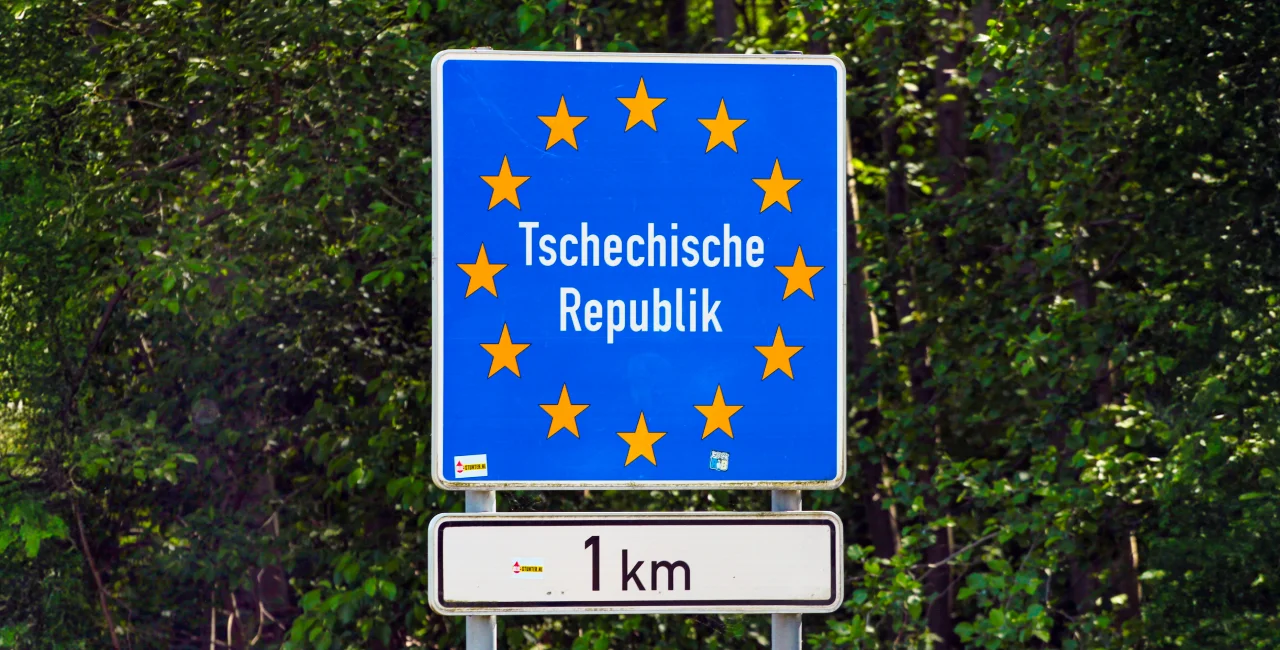Germany’s decision to extend border checks with Czechia, Poland, and Switzerland until March 2025 is the latest in a series of actions to tackle illegal migration and enhance security within the European Union.
While travelers may be frustrated by the continued controls, the German government argues that these measures are vital for the safety of both Germany and the broader Schengen Area.
Since 2015, Germany has maintained tight border controls with Austria, but since October 2023, the checks have expanded to include borders with Czechia, Poland, and Switzerland. The move, initially set to expire this Sunday, will continue for several months following Interior Minister Nancy Faeser’s announcement that these controls will persist beyond March 2025.
According to German officials, the rationale is tackling illegal immigration. Over the past year, the number of asylum applications dropped by 40 percent—a statistic Faeser attributes to the success of the border checks. In addition, police have detained over 1,600 people smugglers and stopped thousands of illegal entries in a year of controls at the Czech border, which have already been extended several times.
What do extended border checks mean for ordinary travelers?
The continued border checks could delay trips for many, especially those crossing between Germany and neighboring countries. While the Schengen Area rules were designed to allow for seamless travel, Germany’s ongoing controls have led to increased traffic and wait times at borders as well as impact on public transport.
The extension of border checks reflects a broader trend within the EU, where nine of the 29 Schengen states are currently implementing temporary internal controls. This shift has raised questions about the future of the Schengen Area and the delicate balance between security and mobility in Europe.
For those looking to cross into Germany, staying informed about potential delays is important, as these extended checks could affect your travel plans. Note these tips before you travel:
Tips for tracking border delays
- Google Maps and Waze: These apps provide real-time traffic data, including border congestion and delays, and suggest alternative routes if there are delays at the border.
- Czech Traffic Information System (Dopravní Info): Official website offering real-time traffic updates, including information on border checks, road closures, and delays within Czechia.
- ADAC (German Automobile Club): ADAC provides up-to-date traffic information for Germany and neighboring countries. Its website and app can also show information about border crossings and delays.
- Galileo Green Lane app: Offers real-time information on border status within the Schengen Area, including delays due to checks, construction, or security.












 Reading time: 2 minutes
Reading time: 2 minutes 


























